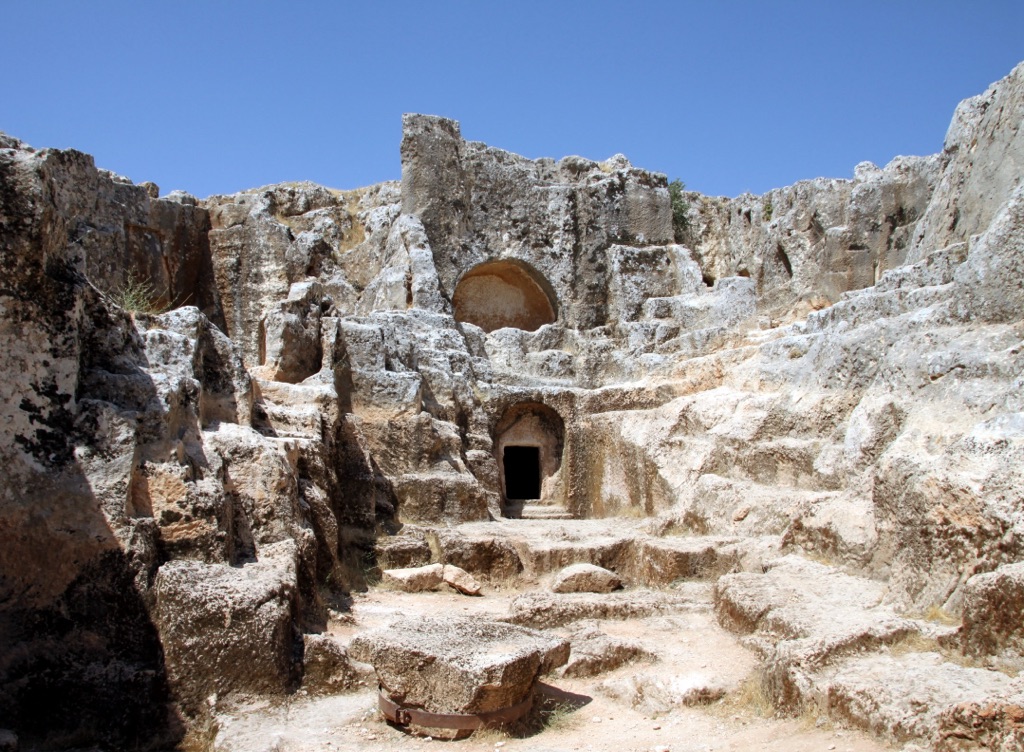Summary
A Glimpse into Ancient Grandeur
The ancient city of Perrhe is a testament to the cultural and historical wealth of southeastern Turkey. Once a bustling hub in the Commagene Kingdom, it captivated many with its architecture and artistry. Visitors today can marvel at remnants of this bygone era, including temples, statues, and collonaded streets. The Antioch mosaic, a stunning piece, adds to the allure, showcasing the craftsmanship of the era. This site not only reflects the grandeur of Perrhe but also offers insights into ancient urban living and religious practices.
Get your dose of History via Email
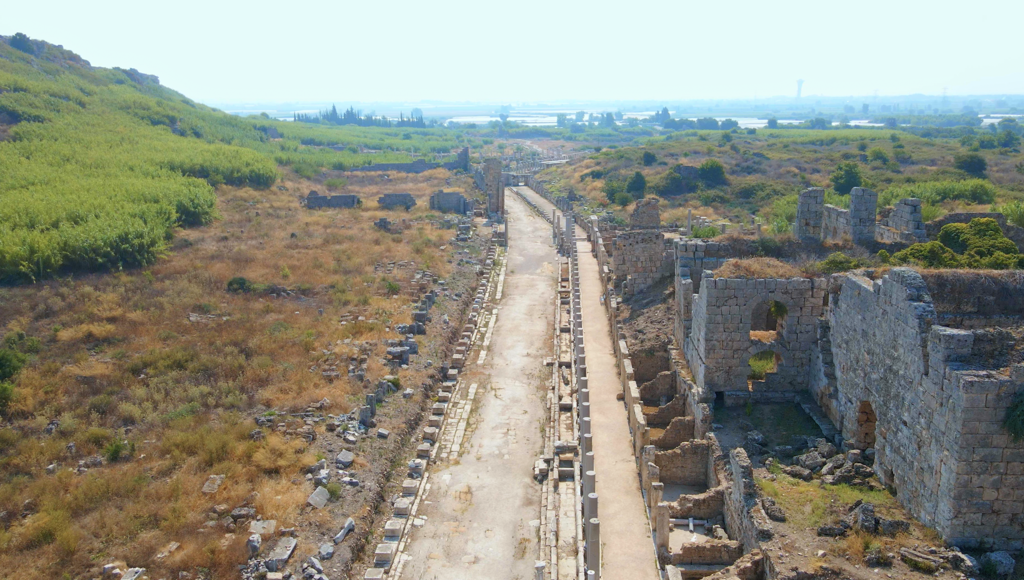
Rediscovery and Preservation
Unearthed through dedicated archaeological efforts, Perrhe has resurfaced to the modern world as a precious historical gem. Excavations began in earnest in the 19th century, revealing the city’s layout and many cultural treasures. The work of preservationists has been crucial in safeguarding these finds for future generations. Thanks to their efforts, we can now access and study these remnants. This not only allows us to appreciate our collective history but also aids in promoting tourism and education within the region.
The Echoes of Commagene Civilization
Delving into the heart of Perrhe, one uncovers the links to the powerful Commagene civilization. The strategic significance of the city, positioned on key trade routes, afforded it a blend of Greek, Persian, and Armenian cultures. This melting pot of influences is evident in the diverse art and architectural styles on display. For history aficionados and casual explorers alike, Perrhe serves as a vibrant conduit to the past. Its enduring legacy continues to intrigue and educate us about the complexities of ancient civilizations.
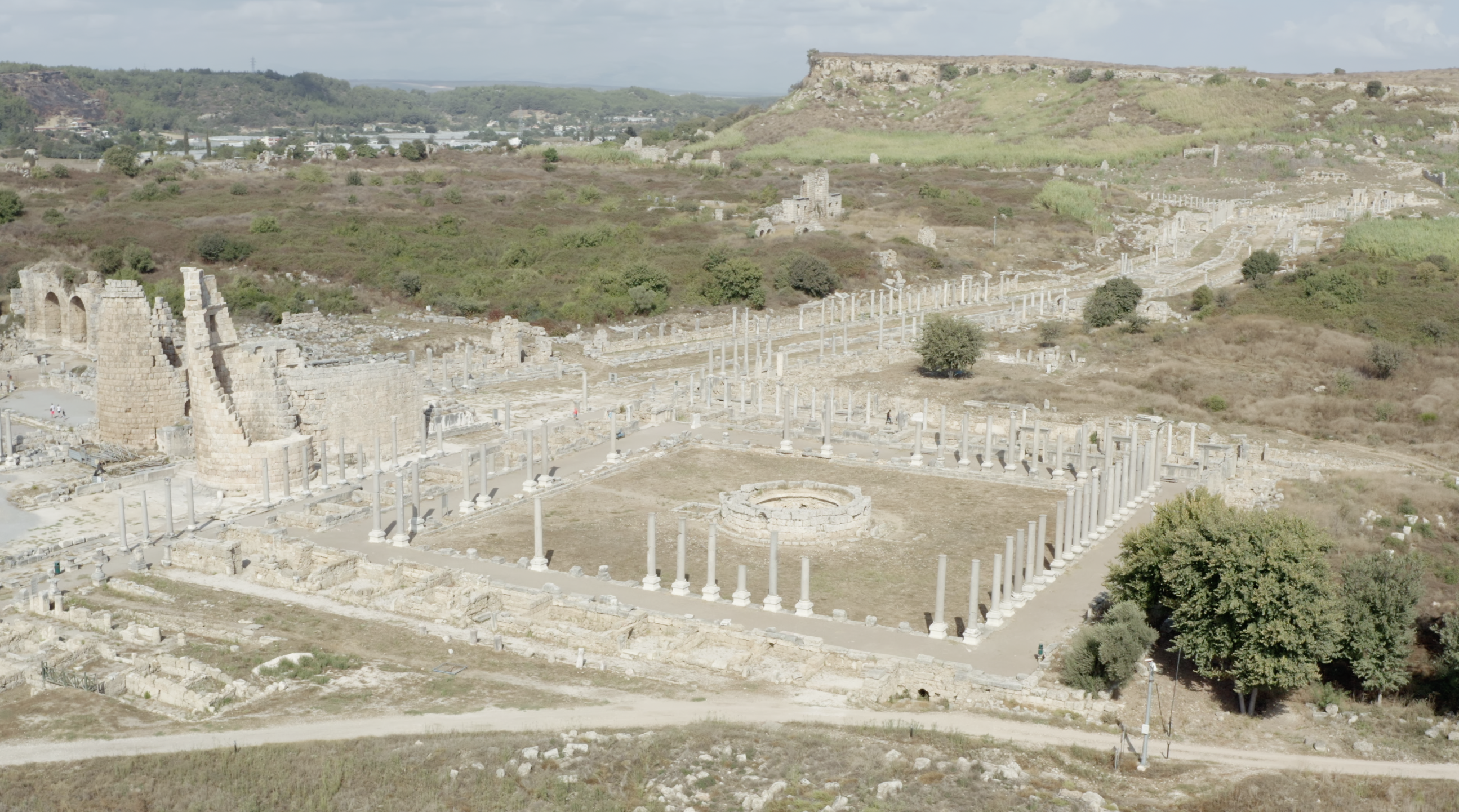
Historical Background of The Ancient City of Perrhe
The Commagene Kingdom’s Urban Marvel
The ancient city of Perrhe, once a prominent center in southeastern Turkey, exemplifies the grandeur of the Commagene Kingdom. Its roots can be traced back to the Hellenistic period, flourishing under the influence of various civilizations. The city was an epitome of cultural fusion, where Greek, Persian, and Armenian nuances blended brilliantly. Throughout history, Perrhe was renowned for its strategic location, acting as a conduit for trade and a melting pot for diverse cultures.
A Haven of Sacred Architecture of Perrhe ancient city
Perrhe thrived as a spiritual center, housing a plethora of temples and altars that reflected the residents’ devout nature. The well-preserved ruins hint at a sophisticated approach to worship and communal gatherings. Notable amongst them are the remnants of the Temple of Fortuna, a structure that encapsulates the religious inclination of its erstwhile inhabitants. This city wasn’t just a commercial hub; it was a sanctuary where ancient gods were venerated with fervent zeal.
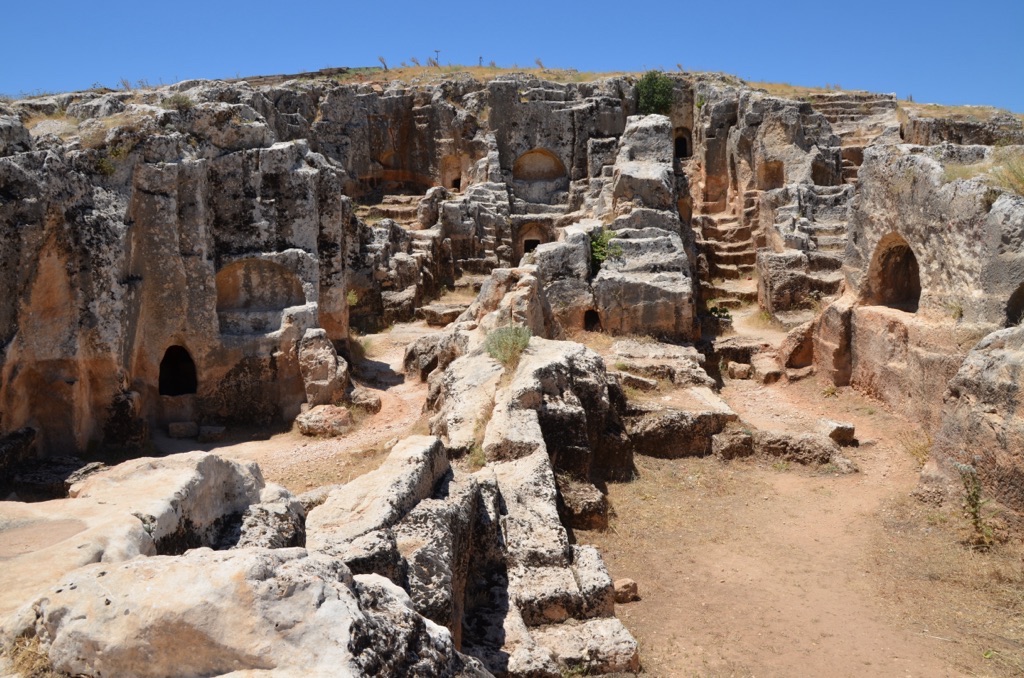
Artistry and Craftsmanship in Antiquity
The artistic legacy of Perrhe is underscored by the intricate mosaics and statuary unearthed within its confines. These magnificent works capture the essence of the bygone era’s artistry. The striking Antioch mosaic, discovered among the ruins, is a prime example of the creative spirit that thrived in the ancient city. It offers invaluable insights into the aesthetic values and technical proficiency of the local artisans of the time.
The intricate interplay of culture and governance in Perrhe facilitated the rise of a unique societal structure. Its governance, influenced by prominent neighbors, championed a harmonious balance between autocratic rule and civic administration. This blend fostered stability and prosperity, paving the way for Perrhe to reach its zenith during the Roman occupation. The city’s administration was a testament to the advanced political strategies employed in antiquity.
The legacy of Perrhe, encapsulated by its historical and cultural heritage, endures as a beacon of human achievement. Today, the ancient site commands the interest of tourists and historians alike. Its timeless allure beckons eager minds to unravel its past and discover the marvels that stood the test of time. For those who tread its storied paths, Perrhe remains an open book, offering a fascinating glimpse into an era when it was a nexus of civilization and innovation.
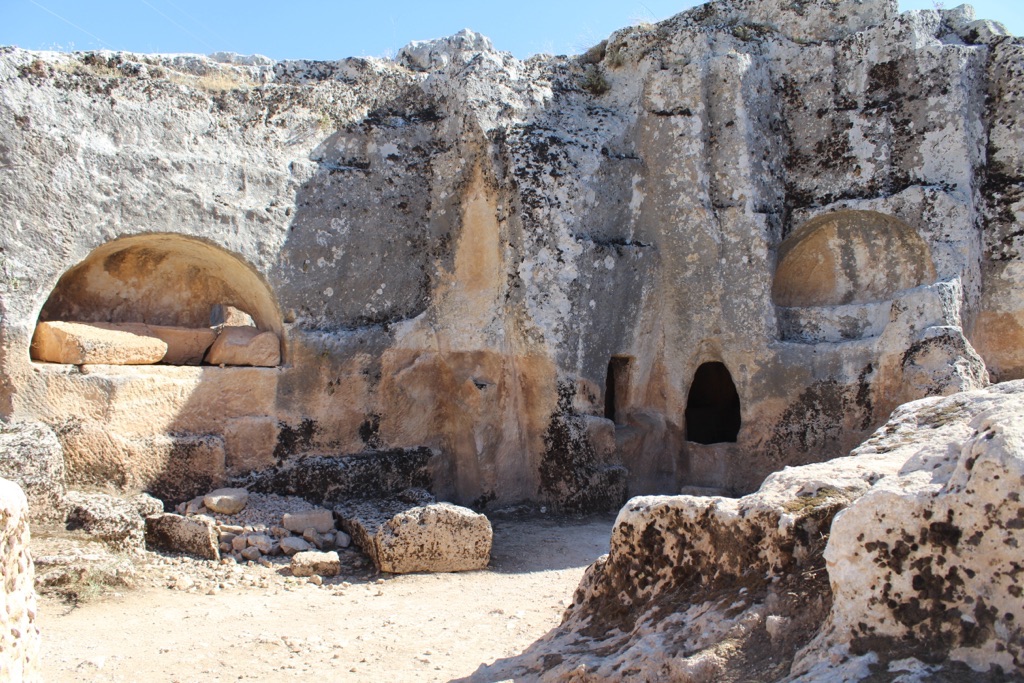
The Discovery of The Ancient City of Perrhe
Initial Unveiling of Perrhe ancient city
The first clues to Perrhe’s existence emerged in the mid-19th century. Local farmers stumbled upon ancient ruins that hinted at a rich heritage beneath their fields. These accidental encounters with history set the stage for a broader exploration. Curious minds began to unearth a civilization that had long been draped in silence.
Archaeological Breakthroughs
Not long after the initial discovery, archaeologists took over. Led by trailblazing pioneers of the field, systematic excavations began in the 19th century. The work of these archaeologists brought to light the city’s streets, temples, and public squares. Each artifact unearthed was a testament to Perrhe’s ancient glory and its crucial place in history.
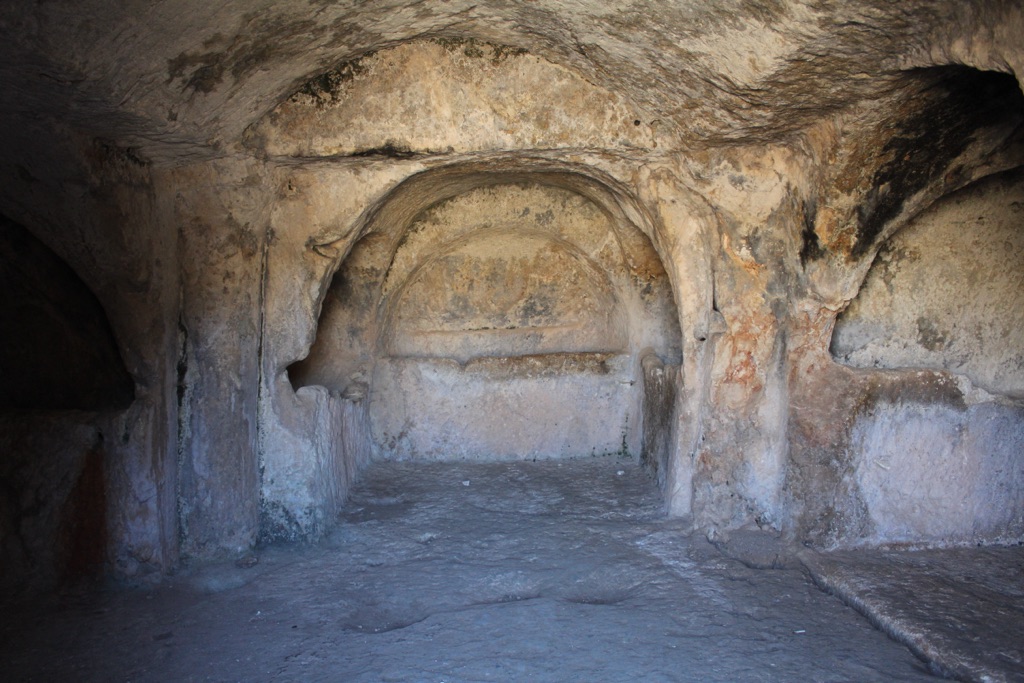
International Interest and Further Research of Perrhe ancient city
The discovery of Perrhe quickly captured international attention. Scholars from around the world traveled to the site, eager to learn more about this forgotten chapter of history. Their research and excavations throughout the 20th century unveiled new layers of the city. They revealed its complex history, from Greek influence to Roman rule and beyond.
The ever-expanding scope of excavations uncovered more than just buildings and artifacts. Inscriptions in stone provided valuable insights into the lives of Perrhe’s citizens. These scripts told stories of faith, politics, and daily life in ancient times. They became a key source for understanding the city’s vibrant past and cultural landscape.
Today, Perrhe stands as a renowned archaeological site. It serves as a bridge to our shared human past. Its ongoing exploration offers an endless stream of knowledge, delighting historians and tourists alike. As we peel back the layers of time, we come closer to piecing together the full picture of this magnificent ancient city.
Cultural Significance, Dating methods, Theories and Interpretations
Chronological Revelations through Science
Dating methods such as radiocarbon dating and stratigraphy have played pivotal roles in understanding Perrhe’s timeline. These scientific techniques provide accurate estimates of the city’s age and the eras of its occupation. This data has been essential in matching the city’s development with the broader historical context of the region.
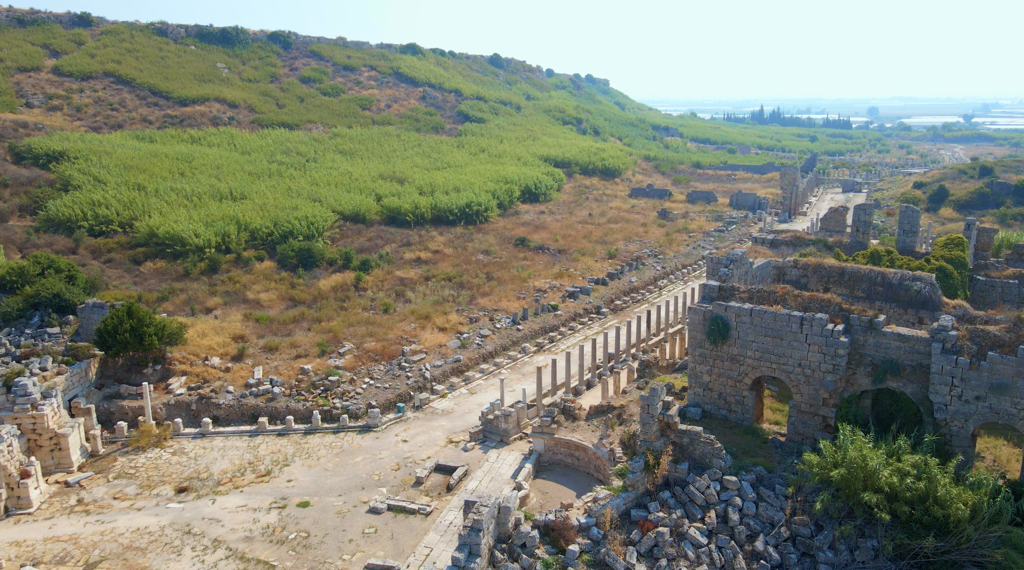
Interpretations of Architectural Influence of Perrhe ancient city
The architecture of Perrhe suggests a blend of various cultural influences, which has led to several interpretations. Scholars debate the extent of Hellenistic and Persian impact on the city’s layout and design. Theories also delve into how these influences shaped societal norms and governance within Perrhe.
Cultural Significance in the Commagene Region
Perrhe’s position in the ancient world was not just strategic but also cultural. As part of the Commagene Kingdom, it was a melting pot where traditions and customs converged. Festivals, religious rites, and art from the city offer a window into the vibrant life that once flourished here.
Many theories have been proposed regarding the decline of Perrhe. Some suggest a gradual abandonment due to shifting trade routes or natural disasters. Others point to evidence of conquest and strife, leading to a sudden fall. These interpretations remain the subject of ongoing study within the archaeological community.
As research continues, new interpretations emerge, reshaping our understanding of Perrhe. The cultural significance of the site grows with each discovery. As a historical and archaeological treasure, the ancient city of Perrhe provides a narrative rich with human endeavor and resilience.
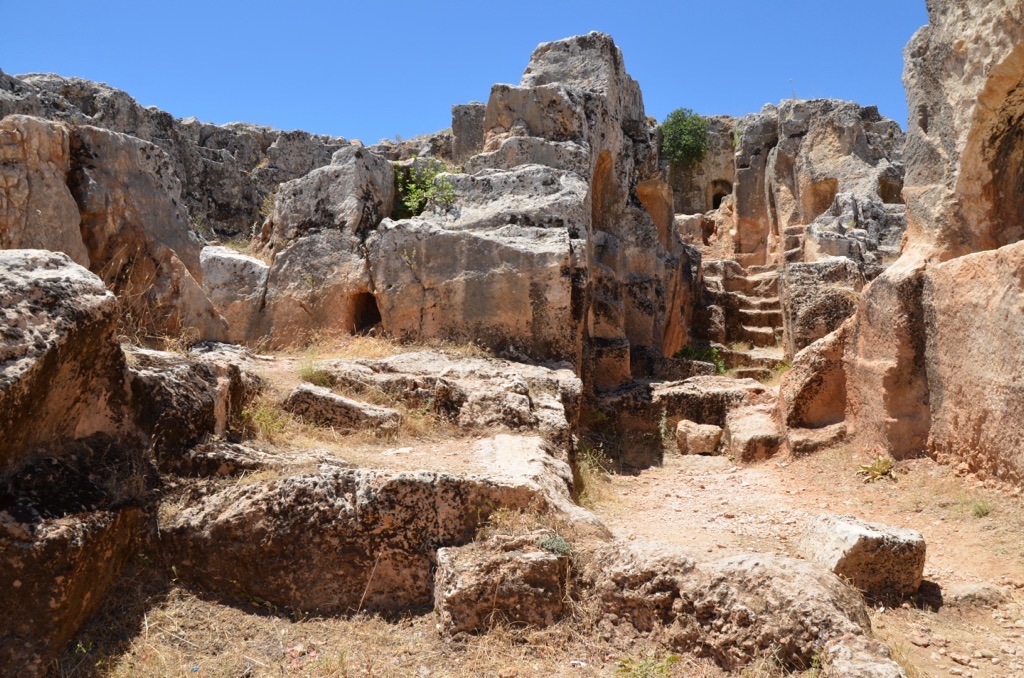
Conclusion and Sources
In recounting the storied past of the ancient city of Perrhe, we journey through a rich tapestry of history woven by conquests, trade, religion, and culture. Visible through its remaining architecture, inscriptions, and art, Perrhe stands as a testament to the ebb and flow of civilizations and their indelible marks on the tapestry of time. The city’s ruins whisper tales of past glories and serve as a stark reminder of the transient nature of power and prominence. With ongoing excavations and research, Perrhe continues to reveal its secrets, contributing invaluable knowledge to our understanding of ancient societies. Its legacy, enshrined in the ruins, will continue to fascinate and inform for generations to come.
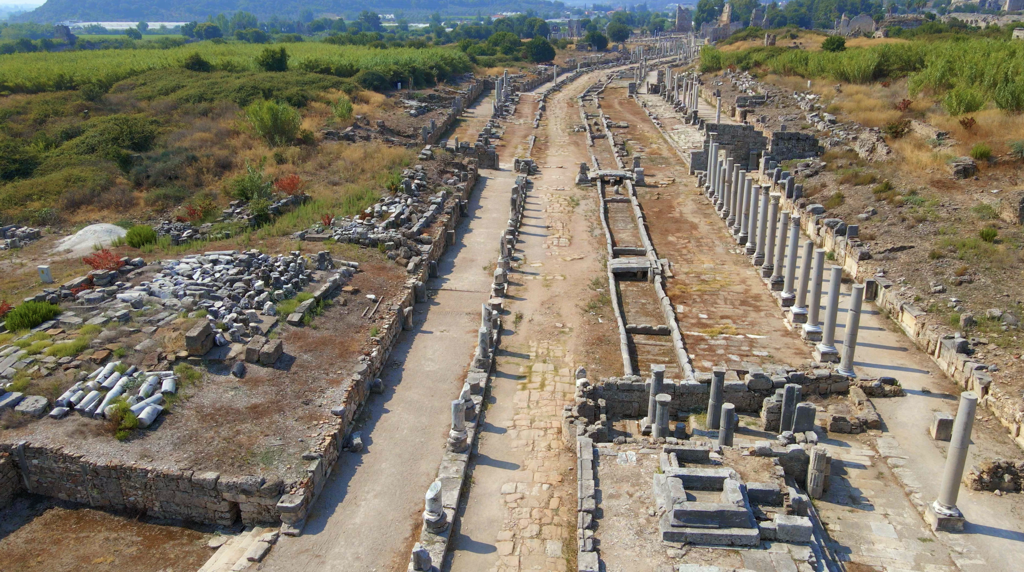
For further reading and to validate the information presented in this article, the following sources are recommended:
Or you can check any of these reputable archaeological and historical texts:
Jones, A. (2001). ‘The City of Perrhe: Architecture and History’. Journal of Ancient Civilizations, 16(2), 115-134.
Peterson, G. and Elliot, T. (1999). ‘Commagene’s Cultural Mosaic: The Archaeological Landscape of Perrhe’. Anatolian Studies, 49, 67-80.
Smith, R.J. (2005). ‘Rediscovering Perrhe: Narratives from the Ruins’. The Quarterly Bulletin of the Archaeological Society of Ankara, 28(1), 15-27.
Taylor, H. (2017). ‘Empires in the Dust: The Urban Development and Decline of Perrhe’. Near Eastern Archaeology, 45(4), 260-269.
Walters, K. (2004). ‘Perrhe and the Commagene Kingdom: A Symbiotic Relationship’. Mediterranean Archaeology and Archaeometry, 4(2), 45-57.

